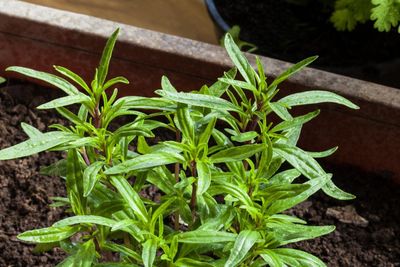Summer Savory Uses in the Garden
What is summer savory? It’s the annual equivalent of its close perennial cousin winter savory. While summer savory lasts for only one growing season, it’s thought to have the most superior flavor. It’s a popular ingredient in meat recipes, as well as oil, butter, and vinegar infusions. Its flavor shines the most in bean dishes, however, earning it the name “the bean herb.” Summer savory plants grow in a mound-like formation and tend to reach a foot (31 cm.) in height. The plant has many thin, branching stems with a purple cast that are covered in fine hairs. The inch long (2.5 cm.) leaves are much longer than they are wide and have a gray-green color to them.
How to Grow Summer Savory Plants
Growing summer savory herbs is very easy. The plant likes rich, moist, well-drained soil and full sun. It also grows quickly and easily enough that it’s not at all a hassle to start a new crop each spring. Summer savory plants can be sown as seed directly into the ground after all danger of frost has passed. The seeds can also be started indoors about four weeks before the last frost, then transplanted out in warmer weather. It can even be grown indoors during the winter. Little summer savory plant care is necessary, other than watering. Harvest your summer savory by cutting off the tops when buds are just beginning to form. In order to have summer savory all summer long, sow new seeds once per week. This will allow you to have a constant supply of plants that are ready to harvest. Savory herb plants, both summer and winter types, can provide your garden (and food dishes) with that extra pizazz.
